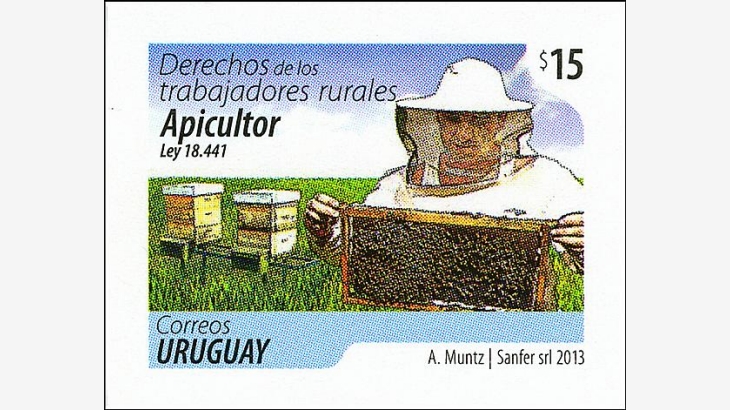The Western honeybee, Apis mellifera, is the most important managed pollinator globally and has recently experienced unsustainably high colony losses. Synergistic interactions among stressors are believed to be primarily responsible. However, despite clear evidence of strong effect on honeybee longevity of widely-employed neonicotinoid insecticides and of the ubiquitous ectoparasitic mite Varroa destructor, no data exist to show synergistic effects between these two stressors. Even though neonicotinoids had no significant impact by themselves, we here show for the first time a synergistic time-lag interaction between mites and neonicotinoids that resulted in significantly reduced survival of long-lived winter honeybees. Even though these mites are potent vectors of viruses, the virus-insecticide interaction had no significant impact. The data suggest a previously overlooked mechanism possibly explaining recent unsustainably high losses of managed A. mellifera honeybee colonies in many regions of the world. Future mitigation efforts should concentrate on developing sustainable agro-ecosystem management schemes that incorporate reduced use of neonicotinoids and sustainable solutions for V. destructor mites.
Source: Straub L et al. Scientific Reports 9, Article number: 8159 (2019)

- Login om te reageren
